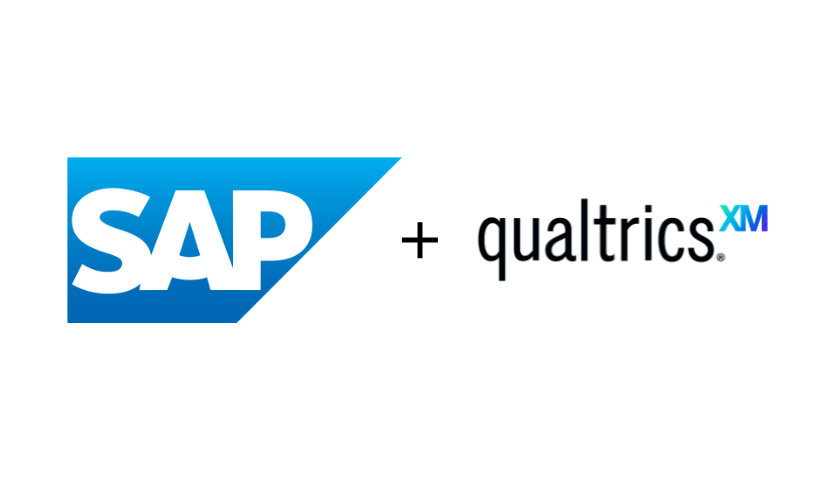Scale Up,
Take Off
We help ambitious companies scale up at every stage of growth






















Qualtrics is a single system of record for all experience data, also called X-data™, allowing organizations to manage the four core experiences of business—customer, product, employee, and brand experiences—on one platform. Over 8,500 enterprises worldwide, including more than 75 percent of the Fortune 100 and 99 of the top 100 U.S. business schools, rely on Qualtrics.
We led Qualtrics’ $150M Series B round in 2014 and co-led their $180M Series C round in 2017. We were thrilled to help them celebrate their $8B acquisition by SAP in 2019. Along the way, we supported the company with pricing advisory as they pivoted from a survey tool to a Customer Experience Platform, and changed the industry.
We scale ambition at every stage
For over 25 years, Insight Partners has helped leaders turn their vision into reality faster and more seamlessly than would be possible alone.
As the trusted partner for more than 600 transformative companies, our deeply experienced software operators, and our flexible capital across every stage of growth, provides everything leaders need to fly faster and further.
We scale ambition at every stage
We know what it takes to scale, to be small, and to build an enduring business.
This is why founders choose Insight as a long-term partner. Starting with product-market fit, we bring our operating excellence, our talent and customer networks and our capital to move companies from early to growth stage. We have the team, data and expertise to ensure founders lay the right foundation for accelerated success – and we can support your future capital needs at every stage of your scale up journey.
We scale ambition at every stage
We’ve chartered this course before and have the engine you need to truly take off.
Tailor-made for companies at your stage and with deep expertise across every function of a software business, we fill your growth gaps to ensure you scale seamlessly. Our Onsite team of software experts, who’ve walked in your shoes, give you competitive advantage. We’re by your side as you outpace the competition and realize your company’s full growth potential.
We scale ambition at every stage
Sophisticated and complex, your needs require nuanced support to drive impact.
With the industry’s most experienced late-stage software experts, entrepreneurs and seasoned executive teams have a powerful partner in Insight Partners. Alongside a network of the industry’s most established private and public companies, late-stage leaders reach new heights with Insight. We focus on the product, M&A, efficiency and geographic expansion growth levers you can pull to unlock new areas of opportunity.
